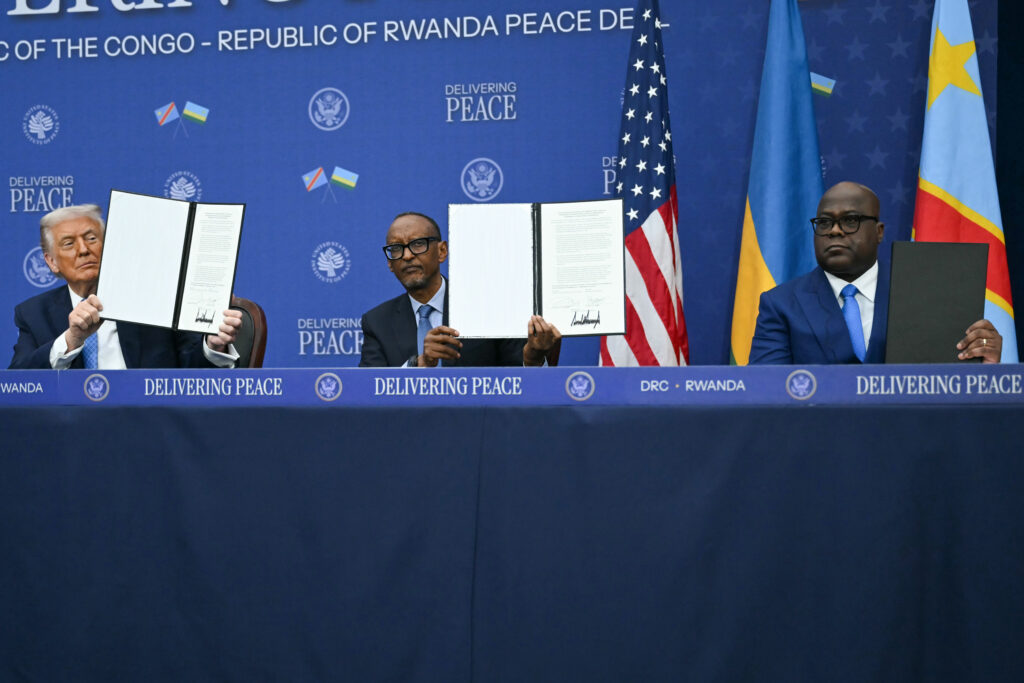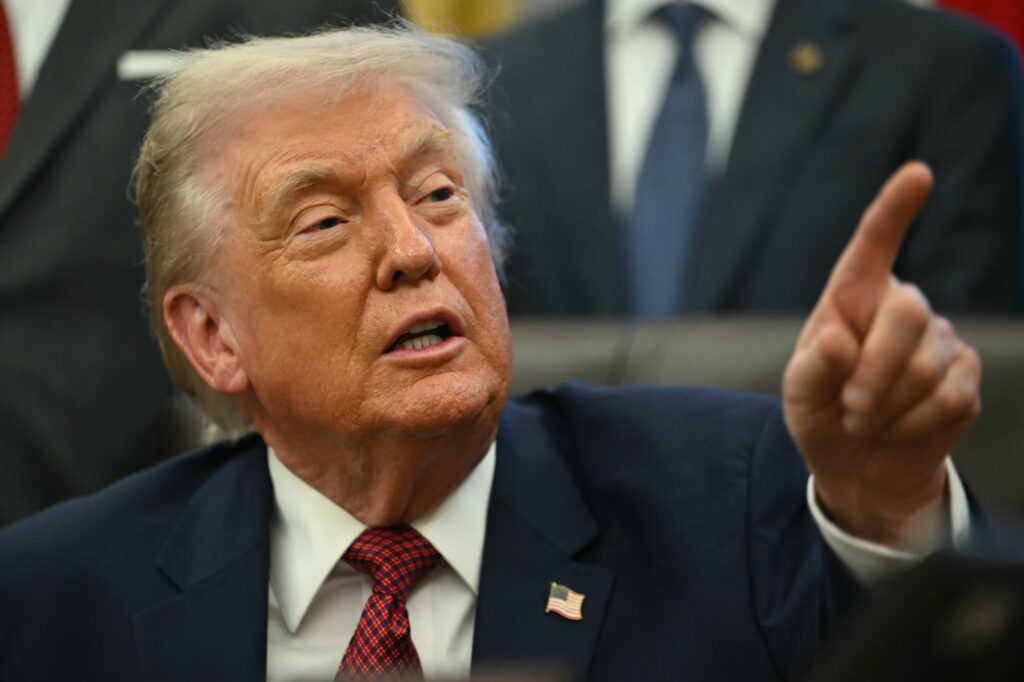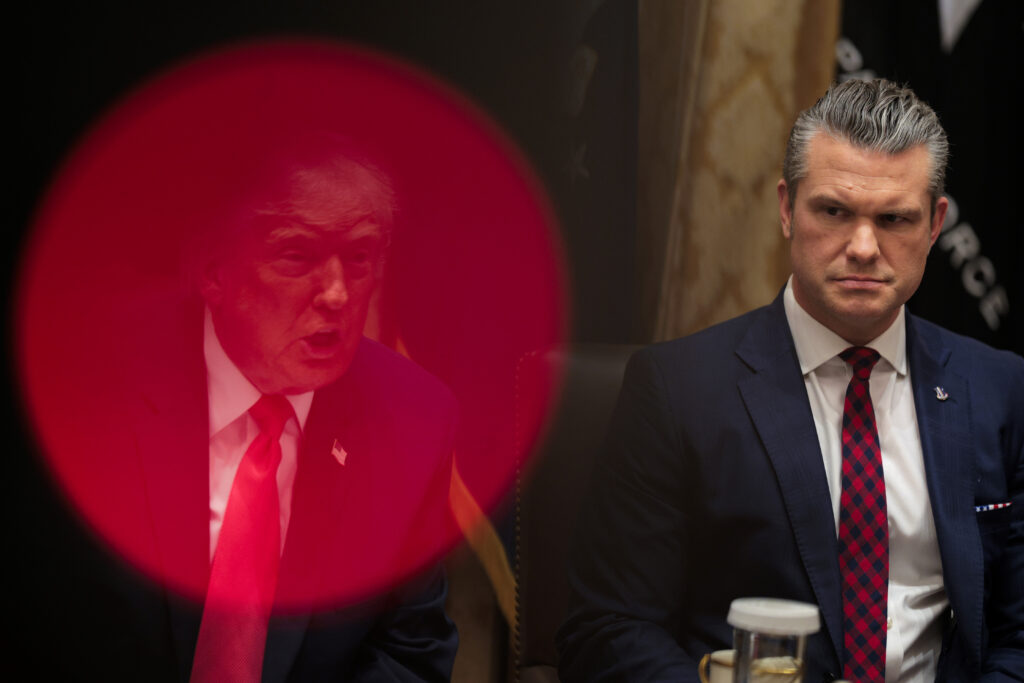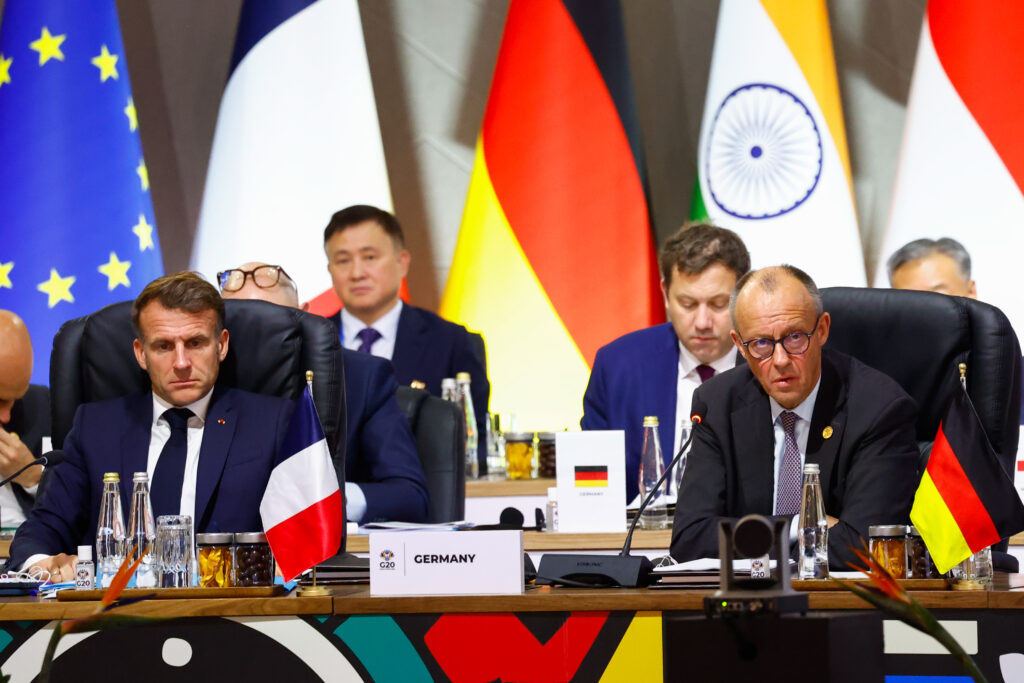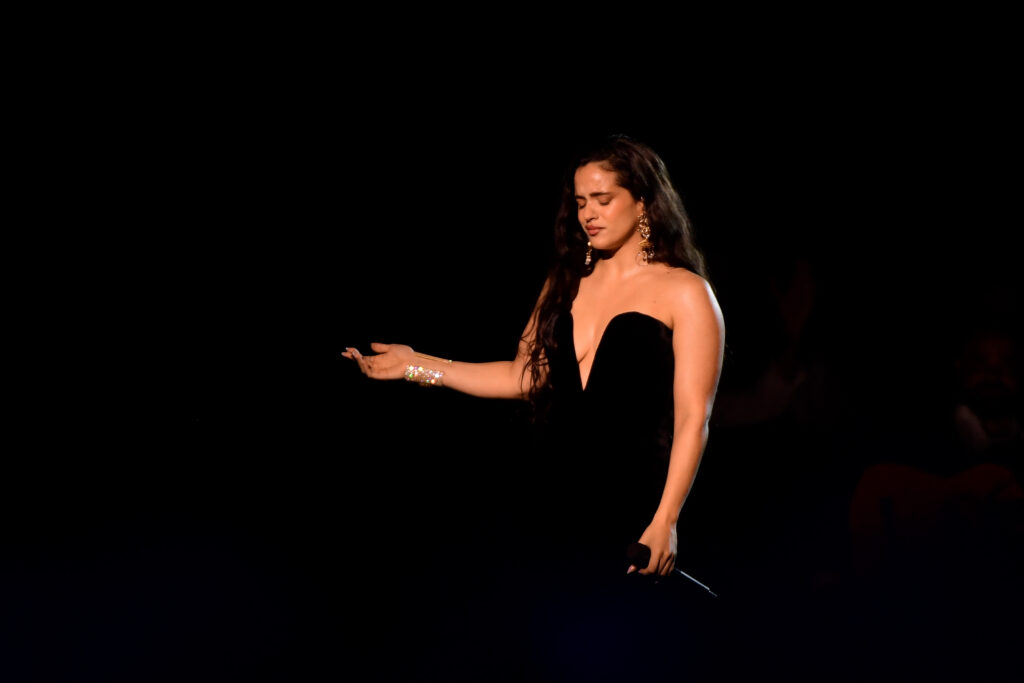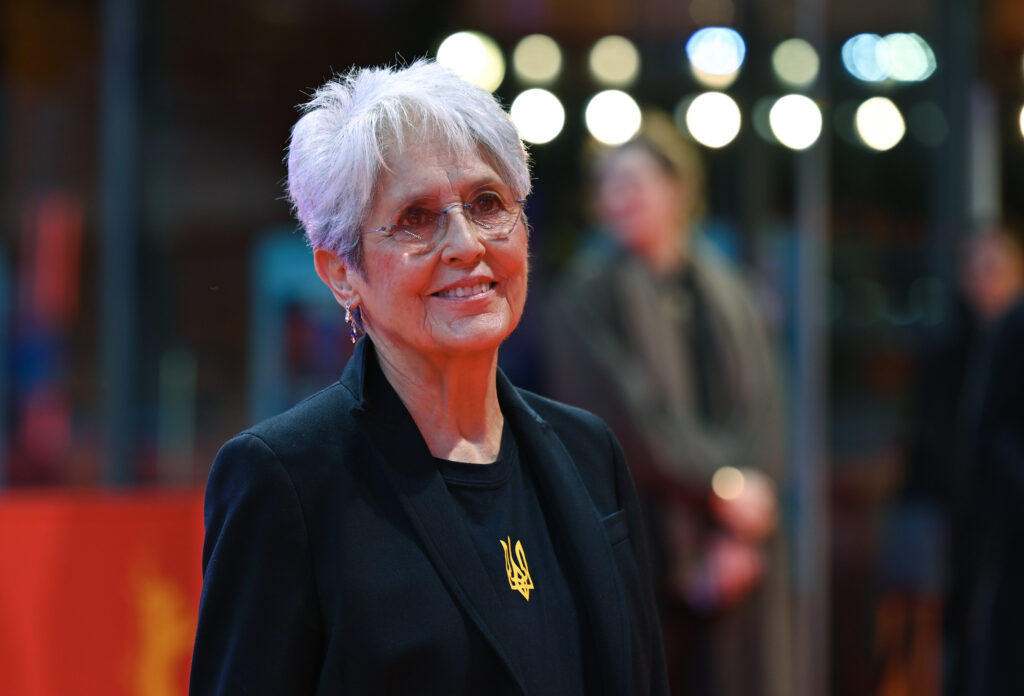Virginia man arrested in January 6 pipe-bomb case
A Virginia man was arrested on Thursday for allegedly planting pipe bombs near the Democratic and Republican party headquarters on the eve of the January 6, 2021 US Capitol riot, officials said.The arrest of Brian Cole Jr, 30, of Woodbridge, Virginia, is the first breakthrough in the nearly five-year-old case, which spawned numerous conspiracy theories among the far right.Attorney General Pam Bondi said Cole faces charges of interstate transportation of an explosive device and attempted destruction using explosive materials.”There could be more charges to come,” Bondi said at a press conference.Bondi declined to speculate on whether the pipe-bombing was politically motivated, saying the investigation was ongoing.The pipe bombs — placed outside the Democratic National Committee (DNC) and Republican National Committee (RNC) offices in Washington in the evening of January 5 — failed to detonate.The devices were discovered by authorities the next day as supporters of President Donald Trump stormed the US Capitol in a bid to prevent the congressional certification of Democrat Joe Biden’s election victory.The FBI released numerous photos and video clips of a masked and hooded suspect over the years and eventually increased the reward for information leading to an arrest to half a million dollars.Bondi said Cole’s arrest resulted from a reexamination of the existing evidence.The FBI and other law enforcement partners “worked tirelessly for months sifting through evidence that had been sitting at the FBI with the Biden administration for four long years,” Bondi said.”There was no new tip, there was no new witness, just good, diligent police work,” she said.FBI Deputy Director Dan Bongino said the authorities were determined to “track this person to the end of the earth.””You’re not going to walk into our capital city, put down two explosive devices and walk off in the sunset. Not going to happen,” Bongino said.According to the criminal complaint, Cole lived with his mother and other family members in Woodbridge, about 20 miles (32 kilometers) south of Washington, and worked in the office of a bail bondsman.The complaint listed numerous purchases allegedly made by Cole of components that were used in the pipe bombs as well as tracking of his cellphone use on the day the devices were placed in downtown Washington.The failure of law enforcement to swiftly solve the case birthed a number of conspiracy theories among the far right, including baseless accusations that the bomber may have been a US Capitol police officer.After taking office for a second time in January, Trump pardoned more than 1,500 people charged or convicted of taking part in the assault on the US Capitol.


